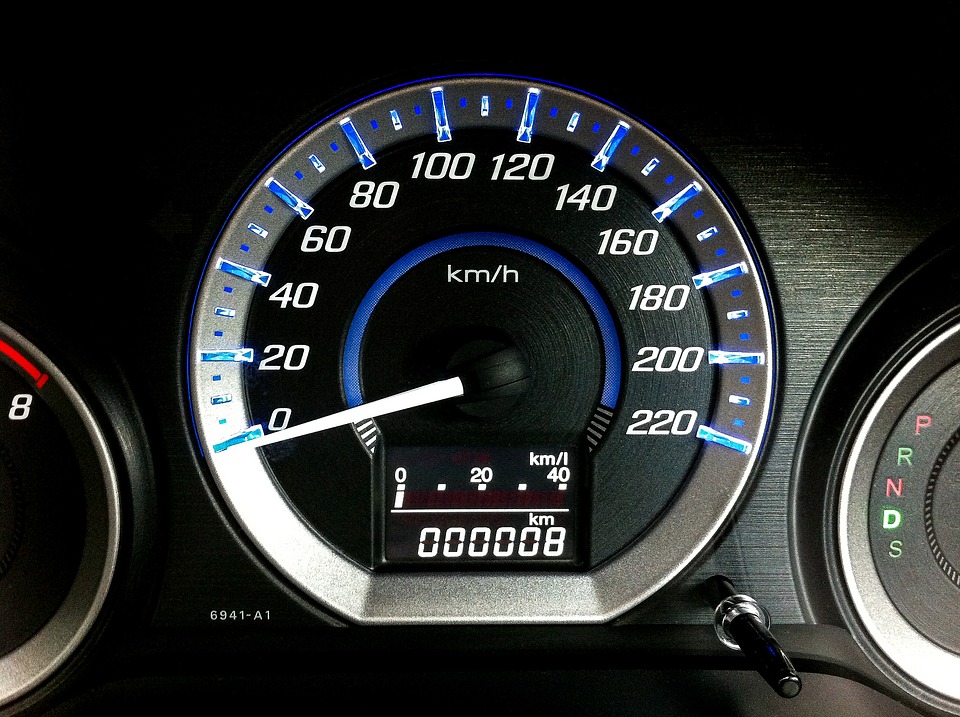understanding & boosting page speed

Slow sites are frustrating for users, who may give up if your pages take too long to load. Our blog explains more, focusing on Google PageSpeed and how to boost speed on your website…
what is page speed and how can you check your Google PageSpeed score?
Page speed is how quickly your web pages are displayed to users, and Google PageSpeed is a collection of tools designed to measure this. Google PageSpeed analyses performance on both mobile and desktop devices, and offers recommendations for improvement, identifying any problems or flaws which are preventing your website from working at the optimal speed.
Check your performance by going to the Google PageSpeed Insights page and type in your URL. You will be given separate scores for desktop and mobile – of between 0 and 100 points and either ‘good’, ‘needs work’, or ‘poor’.
why is page speed important?
Slow sites are frustrating for users, who may give up if your pages take too long to load. For example, around half of consumers expect a webpage to load in two seconds or less, with a one second delay decreasing satisfaction by 16%. Fast sites, on the other hand, have better user experience and a higher rate of conversions. Your site’s speed is also an important component of your website’s Google search ranking – websites with better page speeds appear higher up in searches.
Even if your page speed score was good a month or a year ago, that doesn’t mean it will stay that way. Google PageSpeed is being continually developed, so your score will change over time and needs to be regularly monitored and improved.
how can you boost your page speed?
The Google PageSpeed Insights page gives you specific recommendations to improve your score. But bear in mind that some changes may not be appropriate or may be expensive to implement with a low return on investment.
Here are our top three tips to improve your page speed:
- Compress images – this makes images smaller in size, so they load more quickly. You can lower image quality (which in turn reduces size) using Photoshop or an online photo editor such as Pixlr. If you use WordPress, there are also various plugins for image compression.
- Enable caching – this allows web browsers to ‘remember’ items (such as logo, images, menu etc) that have been downloaded before so that it doesn’t have to fetch everything from scratch each time your site is loaded. If using WordPress, caching can be easily enabled with a plugin. For other content management systems, ask your web provider to check.
- Activate AMP (Accelerated Mobile Pages) – this is Google’s way of helping mobile pages load faster by removing unnecessary features and content. Follow Google’s instructions for creating AMP content or get a WordPress AMP plugin.
where can you find out more?
We recommend Google’s ‘Test your mobile speed’ and GTmetrix as additional tools you can use to check the speed of your website. There’s also a great blog by Neil Patel with more information on improving your Google PageSpeed score.
If you’d like help improving your page speed or enhancing the performance of your website in any other way, please get in touch.


